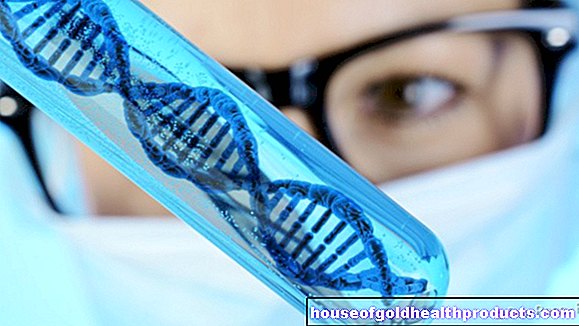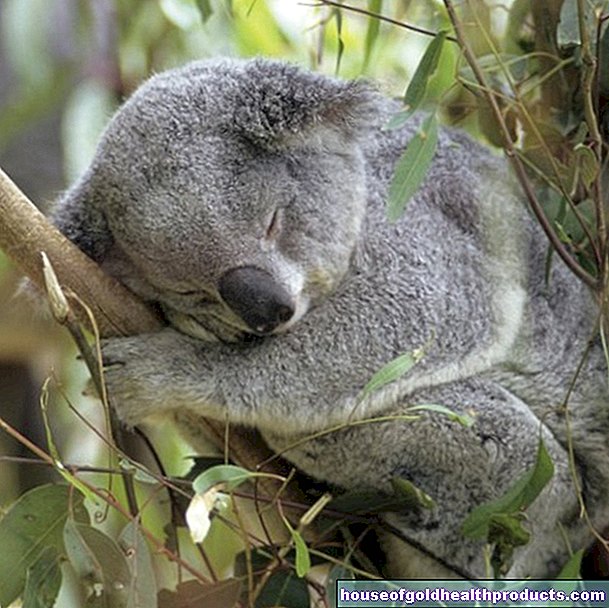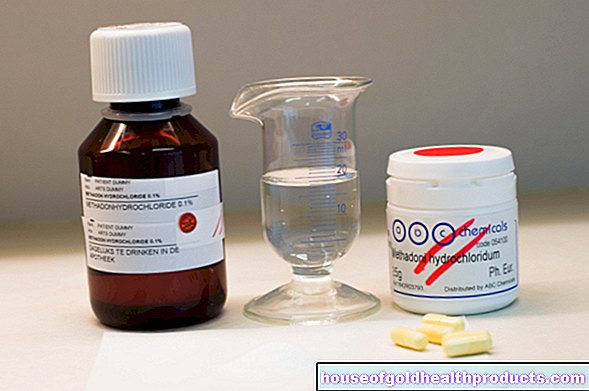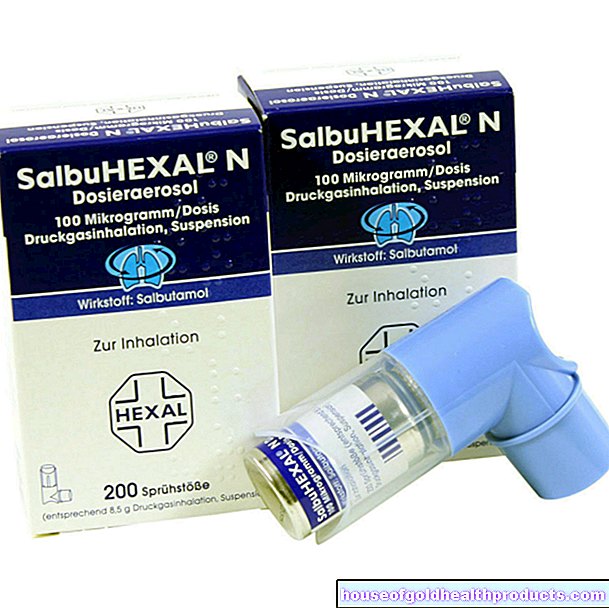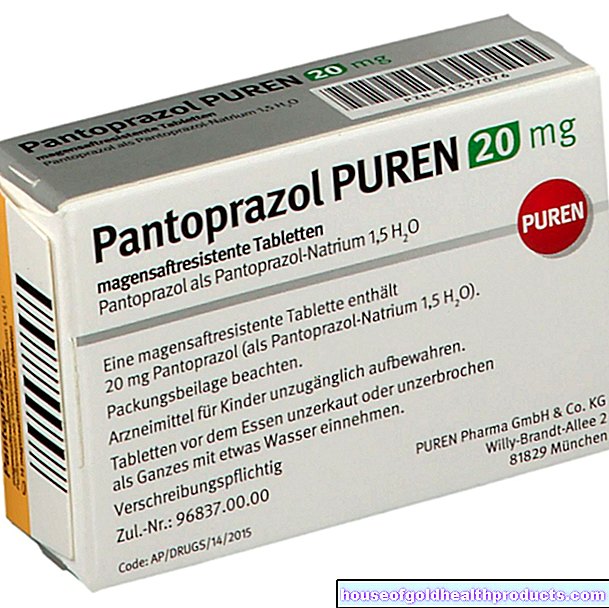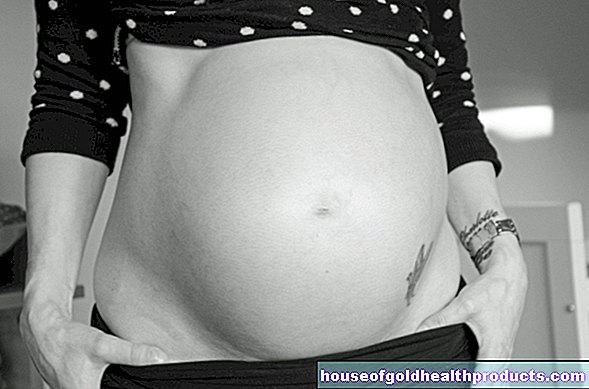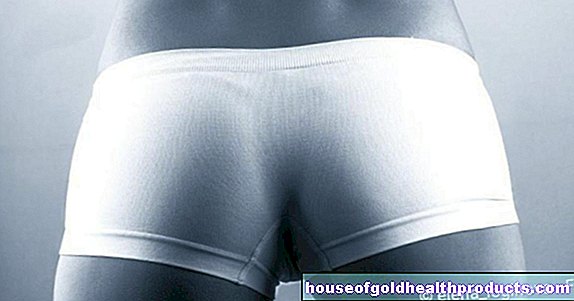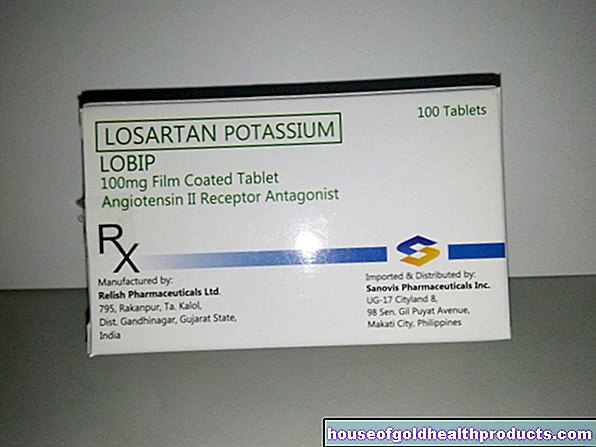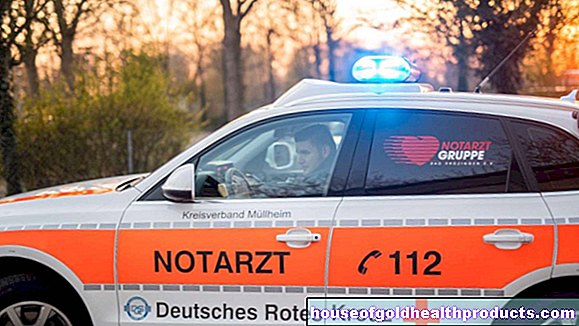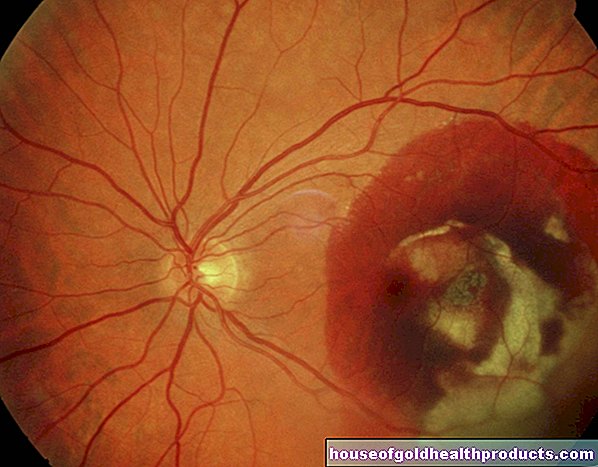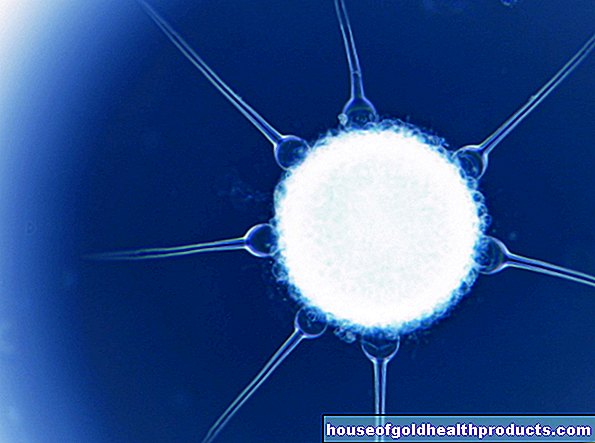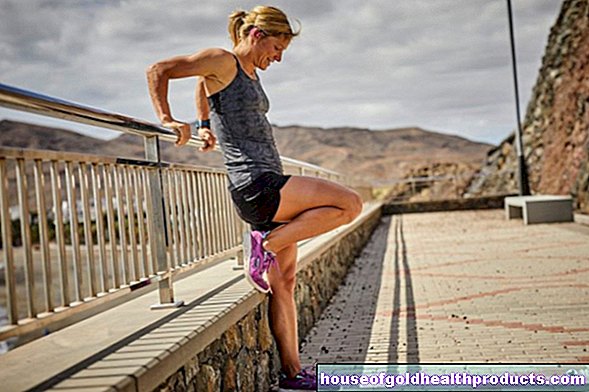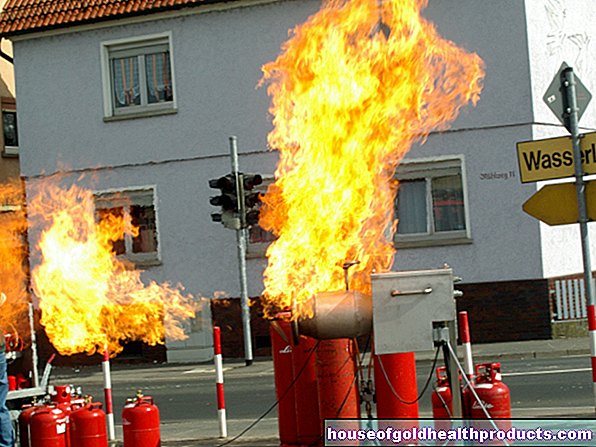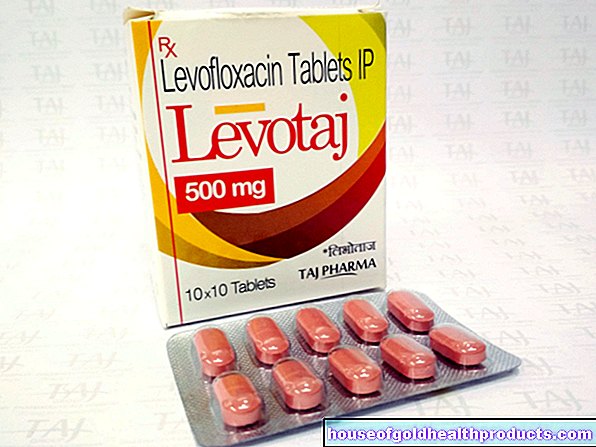Hip muscles
Eva Rudolf-Müller is a freelance writer in the medical team. She studied human medicine and newspaper sciences and has repeatedly worked in both areas - as a doctor in the clinic, as a reviewer, and as a medical journalist for various specialist journals. She is currently working in online journalism, where a wide range of medicine is offered to everyone.
More about the experts All content is checked by medical journalists.The hip muscles consist of several muscles that form a closed muscle sheath around the hip joint. Some of these muscles move the thigh when the pelvis is fixed, while another part moves the pelvis when the thigh is fixed. Without these muscles, walking, running, jumping, straightening up from a crouch or getting up from a chair would not be possible. Read everything you need to know about the hip muscles!
What are the hip muscles?
The term hip muscles refers to a whole range of muscles. On the one hand, they arise over a wide area on the inner and outer surfaces of the pelvis and pull towards the upper end of the thigh (femur). On the other hand, they come from the pelvis and continue down the femur or even over the knee joint to the top of the lower leg bone.
The first muscle group of the hip muscles are the inner front hip muscles: This includes the iliopsoas, which itself is composed of two muscles: the psoas major and the iliacus. The psoas major forms a muscle bulge that lies next to the lumbar spine and, together with another muscle, forms the boundary of the posterior abdominal wall. The iliacus lies in the iliac fossa, part of the hip bone.
The hip muscles also include the outer rear hip muscles: the gluteus maximus, the gluteus medius, and the tensor fasciae latae. These three fan-shaped muscles, arranged in several layers around the hip joint, arise over a large area on the outside and inside of the pelvis and pull towards the upper end of the femur.
Other muscles that belong to the hip muscles form the deep layer of the outer hip muscles: the small gluteus muscle (muscle gluteus minimus), the piriformis muscle (M. piriformis), the inner hip muscle (M. obturatorius internus), the two twin muscles (M. . gemellus superior and M. gemellus inferior), the quadrangular thigh muscle (M. quadratus femoris) and the outer hip muscle (M. obturatorius externus).
Many medical professionals also count the thigh adductors as part of the hip muscles. These are the muscles that pull the splayed thigh back into the longitudinal axis (other muscles, the abductors, are responsible for splaying = abduction). The adductors include the crest muscle (pectineus muscle), the long adductor (adductor longus), the short adductor (adductor brevis), the large adductor (adductos magnus) and the lean muscle (gracilis).
What is the function of the hip muscles?
The inner anterior hip muscles, the psoas and the iliacus, are together strong flexors of the hip joint and thus the typical running muscle that pulls the thighs of the free leg forward and upward when walking and running. As a further function, the thigh is rotated outwards and pulled in. When we are in the supine position, we can use these muscles to straighten our upper body.
Of the outer posterior muscles of the hip, the gluteus maximus is the largest muscle in the buttocks. It stretches and rotates outward in the hip joint. Its upper fibers move the thigh away from the body, its lower fibers towards the body. The size of this muscle results from its function: getting up from a crouch, getting up from sitting or climbing stairs and jumping. It prevents us from tipping over when walking upright.
The gluteus medius, the middle of the outer hip muscles, has an important function in walking and running. He moves the thigh outward or tilts the pelvis and fixes it on the thigh. This prevents the pelvis from tilting to the side of the free leg when walking, which would lead to a waddling gait.
The tensor fasciae latae flexes in the hip joint, spreads and rotates the thigh inwards. He extends and rotates the knee joint outwards and secures the extended knee.
The deep outer hip muscles have different functions: The gluteus minimus corresponds to the gluteus medius. The piriformis turns the thigh outward in the stretched or slightly flexed position, inward with strong flexion. The internal obturator, the superior gemellus and the inferior gemellus rotate the thigh outwards, no matter what position it is in. The quadratus femoris also rolls the thigh outwards. The external obturator rolls the thigh outward and draws it towards the center of the body.
The thigh adductors have the task of pulling the thigh towards the middle of the body. Together with the outer hip muscles, they keep the pelvis in balance on the supporting leg. Almost all of them also turn the thigh outwards. The important function is, for example, the leg closure of the rider or the strength that is required when skiing to hold the skis together.
Where are the hip muscles located?
The hip muscles are located around the pelvis and hip joint. It encloses the hip joint like a cuff and stabilizes the pelvis against the thigh.
What problems can the hip muscles cause?
The hip muscles can cause pain if, for example, they are tense or even shortened due to frequent sitting. A rupture of the hip muscles leads to severe pain and restricted mobility. Inflammation in the hip muscles can be the result of injuries or surgery.
Tags: healthy feet travel medicine dental care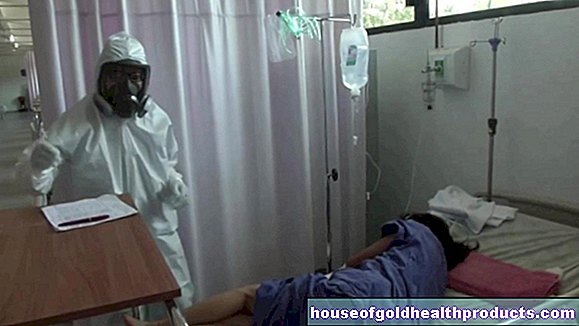
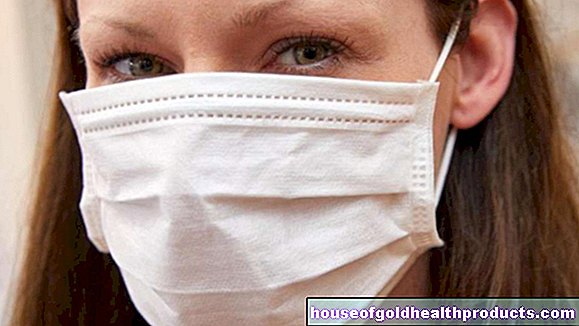



.jpg)
